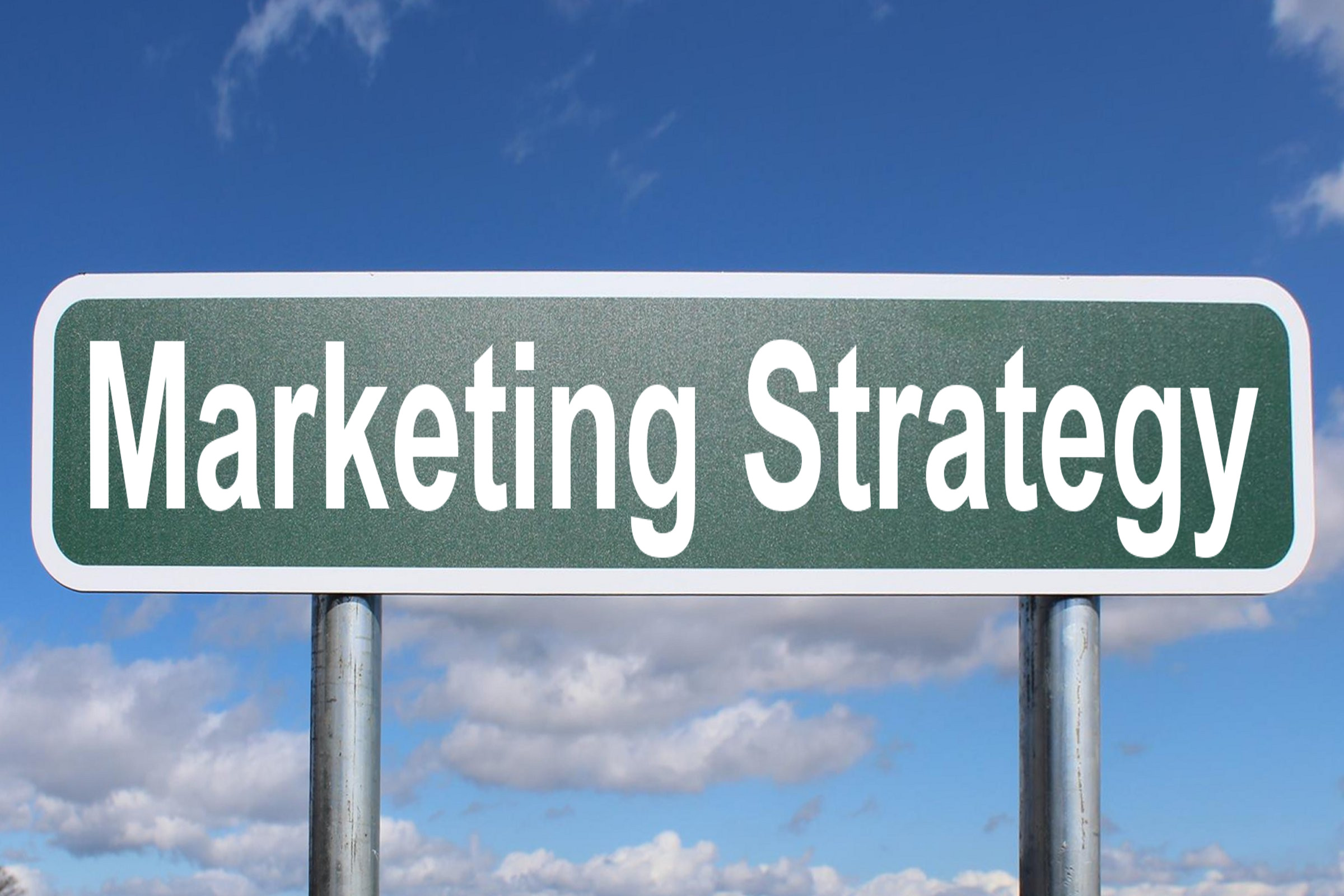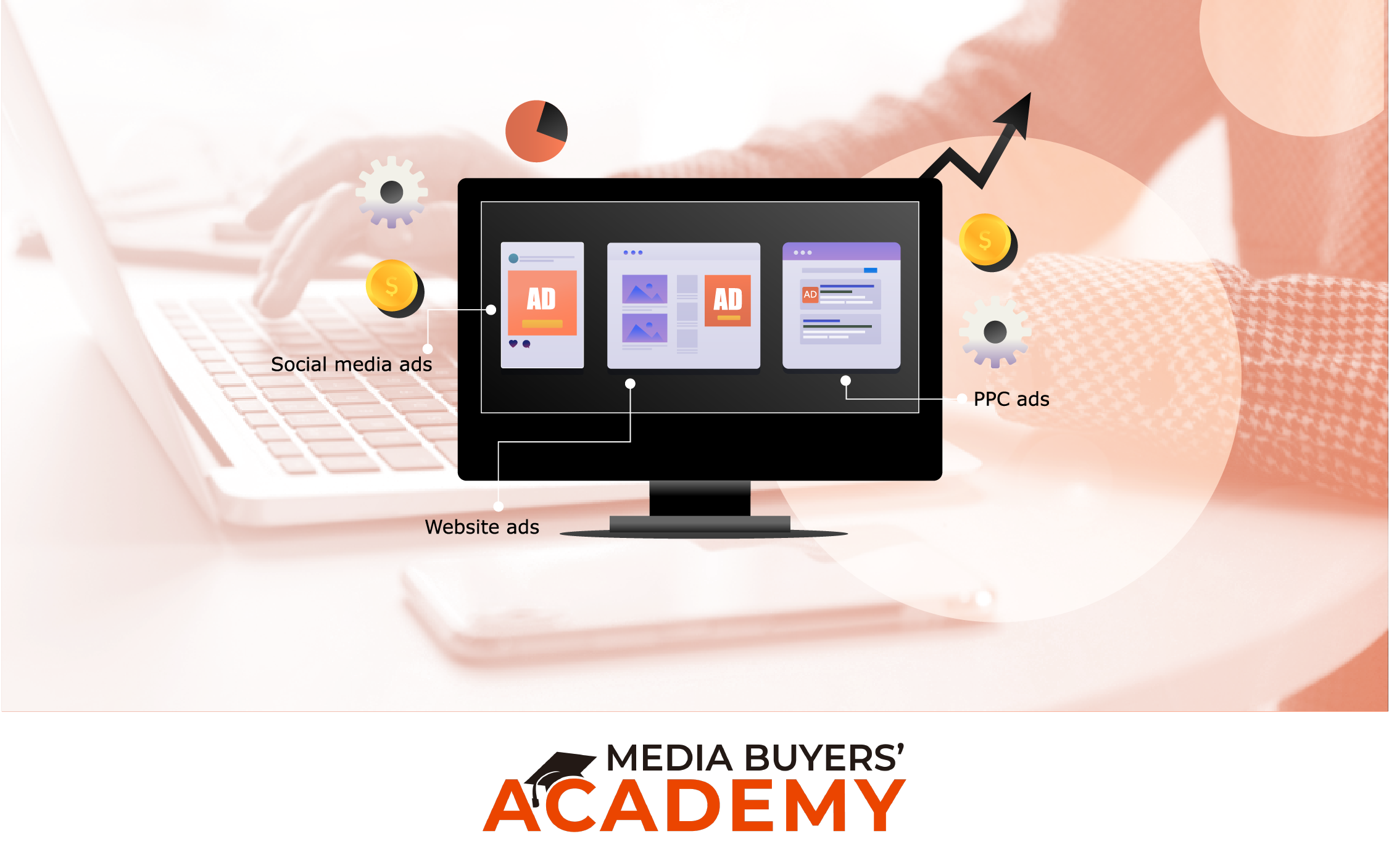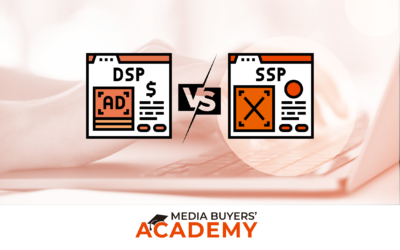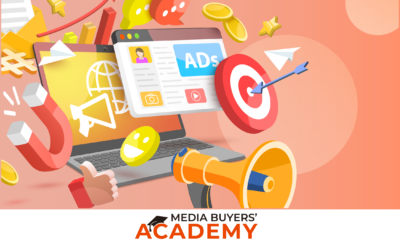Media buying can seem confusing. From unfamiliar acronyms and complex tech platforms to various ad types, it’s easy to feel overwhelmed. Jumpstart your media buying skills, whether you’re starting from scratch or fine-tuning your approach.
Table of Contents:
- What is Media Buying, Really?
- Types of Media Buying
- Media Buying Channels: A Closer Look
- The Media Buying Process: Step-by-Step
- Demand-Side Platforms (DSPs) for Streamlining Your Efforts
- Conclusion
What is Media Buying, Really?
Media buying involves purchasing ad space to connect with your target audience. This space could be a banner ad, a YouTube video, a TV spot, or radio placement. Target your ads precisely, striking where your ideal customers hang out.
Media buying depends on one crucial step: negotiating with the right people or bidding on the best opportunities. Each ad placement has a specific value and requires budget allocation. Programmatic buying of ad space is important in TV, particularly during Upfronts and the scatter market. Television media buyers negotiate deals and placements well ahead of time, often for package deals, for efficient budget planning.
Types of Media Buying
There are various ways to buy ads, ranging from traditional to technology-driven methods.
Direct Buys
Direct buys involve working directly with publishers. Relationships are forged, and agreements are hammered out, one conversation at a time. One major perk is being able to book your ad space early, guaranteeing a spot. But issues can crop up, and trouble can brew.
For example, if views or metrics are lower than anticipated, “makegoods” are necessary to offset this discrepancy. Additionally, if you target smaller markets, direct deals could be very beneficial for campaign goals.
So What Is Programmatic Buying?
In programmatic buying, the game-changer is automation – advanced algorithms that outsmart the competition to snag top ad slots. To get your message in front of the right people, you need to participate in a little healthy competition – bidding on top media placements. This is unlike direct buys which negotiate and lock in a deal before the advertising campaigns begin.
This is how programmatic buying works:
- Demand-Side Platforms (DSPs): DSPs act as your programmatic control center. You set targeting and budgets, like with Google Display & Video 360.
- Supply-Side Platforms (SSPs): Publishers use SSPs to sell their ad space.
- Ad Exchanges: Real-time auctions where advertisers bid for ad space based on parameters and target audiences. These bids must factor in the campaign budget while optimizing ad placement based on cost and views or clicks from potential buyers.
Media Buying Channels: A Closer Look
Digital Channels
Digital channels offer many media buying opportunities. You can leverage DSPs and real-time bidding to purchase media. Ad placements on social media or popular websites can be more precisely determined compared to traditional channels.
- Websites: Focus placements on websites where your prospects spend time. Types of content vary across the web and placement often affects pricing.
- Social Media: Platforms like Facebook and Twitter offer targeted advertising opportunities.
- Streaming Services: Ads on YouTube and other streaming platforms reach audiences engaging with video content. Experienced media buyers can create highly effective performance campaigns to maximize return on investments using these digital channels.
- Mobile Games: Many mobile games feature display advertising.
Traditional Channels
Traditional channels still hold value. Digital media amplifies your ad’s scope when paired with these strategies.
- Television: When the biggest shows are on, the whole family gathers ’round – and your TV ad can be right there with them, making a lasting impression. Media planners determine optimal TV buys within their budget based on desired audience segments, engagement levels and estimated total impressions during Upfront package deal negotiations.
- Radio: Radio advertising remains relevant for local targeting. It offers affordable reach and ad space while also being another one of the most commonly used media buys today.
- Bumping up the human quotient in AI-driven writing is what I do best. By ditching mechanical phrasing and embracing an active, conversational tone, I transform stilted content into reads that reel you in and keep you hooked. Despite declining readership, print ads in newspapers and magazines can still target niche audiences.
- Out-of-Home: Billboards and other out-of-home ads provide exposure to people on the move. Raising your brand’s profile is within reach when you take advantage of these opportunities to stand out in a crowded marketplace.
The Media Buying Process: Step-by-Step
- Define Goals: Identify your objectives. What’s the ultimate prize for you – flooding the market with your brand’s name, orchestrating a smooth sales process, or building a loyal community? This is where measurement tools come into play to gauge which metrics contribute most effectively towards your overall marketing plan.
- Know Your Prospects: Understand your target audience’s demographics, behaviors, and preferred ad types. A buying process for products usually depends on many factors that marketing teams strive to capture and influence with carefully designed ads.
- Budgeting and Buying Power: Decide on your budget and buying strategy (direct, programmatic, or both). Programmatic media buyers and media planners utilize analytics systems to monitor campaigns live with in-flight and up-to-the-minute performance results. How and when to buy media at certain locations depends heavily on this live data.
- Select Your Channels: Choose the channels most effective for reaching your target audience and maximizing performance. Programmatic media often utilizes DSPs (Demand Side Platforms) that organize bids and purchases efficiently. These ads often include a mix of text ads, banners or video views.
- Execution: Launch your campaigns and start monitoring results. Your ad placements, from tv ads to display advertising are about to be tested in a live environment. The media buys and plan includes adjustments for these live ads.
- Review, Analyze and Refine: Continuously review, analyze, and refine your campaigns based on performance data. Leverage marketing performance platforms and use insertion orders for agreed-upon discounts. Properly attribute sources, channels, and influencers for marketing ROI based on established industry algorithms. It is how media buyers achieve overall marketing campaign success.
Demand-Side Platforms (DSPs) for Streamlining Your Efforts
DSPs streamline ad buying across various channels in real time. Say goodbye to guesswork: real-time data and clever algorithms team up to help you build media buying strategies that are razor-sharp and always on target. These DSPs cover traditional media channels like TV or Radio to modern digital channels such as website banners or streaming service ad slots.
| DSP | Key Features |
|---|---|
| Google Display & Video 360 | Integrates seamlessly with Google’s ecosystem. |
| The Trade Desk | AI-powered optimization and access to premium publishers. |
| Amazon DSP | Leverages Amazon’s vast consumer data for targeting. |
| Wallester | Financial management tool for ad spend. |
| AdCritter | User-friendly platform for small to medium businesses. |
| Adobe Advertising Cloud | Comprehensive suite for managing ad campaigns. |
| Criteo | Specializes in retargeting and performance marketing. |
| StackAdapt | Native advertising and cross-device targeting. |
| Simpli.fi | Local programmatic advertising and data solutions. |
| Adelphic, a Viant DSP | Omnichannel DSP with high client satisfaction rates and integrations with top brands. |
| Amobee | Unified platform for marketing across various channels. |
| Basis by Centro | Offers both managed and self-serve programmatic advertising. |
| Microsoft Invest (formerly Xandr | Connects advertisers with premium publishers and provides advanced analytics. |
| AdRoll | Growth marketing platform focusing on customer acquisition and retargeting. |
Conclusion

Media buying is about precision and targeting, not just widespread promotion. Tweak your ad strategy and carefully manage your spending to get the returns you want. Think of media buying as a delicate balance between returns and expenditure – get the most out, spend the least.








